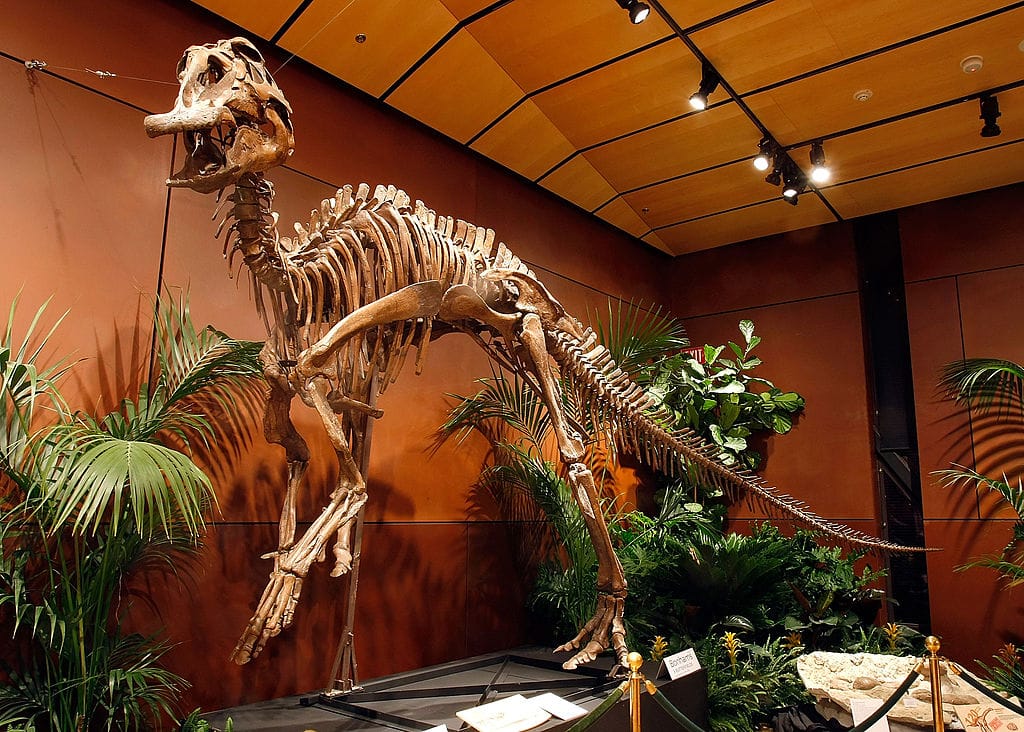Convinced that duck-billed dinosaurs only lived in America, Asia, and Europe, paleontologists were surprised to discover fossils of a new representative of this family in Morocco. A discovery that is more surprising than anything at the time, Africa was completely separated from the rest of the world by the ocean.
Fossils of a duck-billed dinosaur have been excavated in Morocco. Paleontologists suggest the species traveled hundreds of kilometers across the ocean to end up in Africa, which was isolated from other continents during the Late Cretaceous period, writes Sci News.
Named Ajnabia Odysseus, the dinosaur was discovered in the rocks of a mine dating back some 66 million years. It is a three-meter herbivorous dinosaur, while other representatives of this family could reach 15 meters.
According to Nicholas Longrich of the University of Bath, discovering this dinosaur in Africa is “the last thing in the world,” he and his colleagues expected.
“It’s absurd. It’s like finding a kangaroo in Scotland. Africa was completely isolated by water [at that time]. So how did they get here? ”He asks himself.
Indeed, duck-billed dinosaurs evolved in North America, then South America, Asia, and Europe, so the ocean was the only route to reach the island continent.
“Sherlock Holmes said: ‘once you have done away with the impossible, all that remains, no matter how improbable, must be the truth. It was impossible to walk towards Africa. These dinosaurs evolved long after the continents broke up, and we have no evidence of land bridges, ”he adds.
Researchers believe that the big tails and powerful legs of these dinosaurs may have helped them swim.
“As far as I know, we are the first to come up with the idea of an ocean crossing by dinosaurs,” concludes Longrich.

